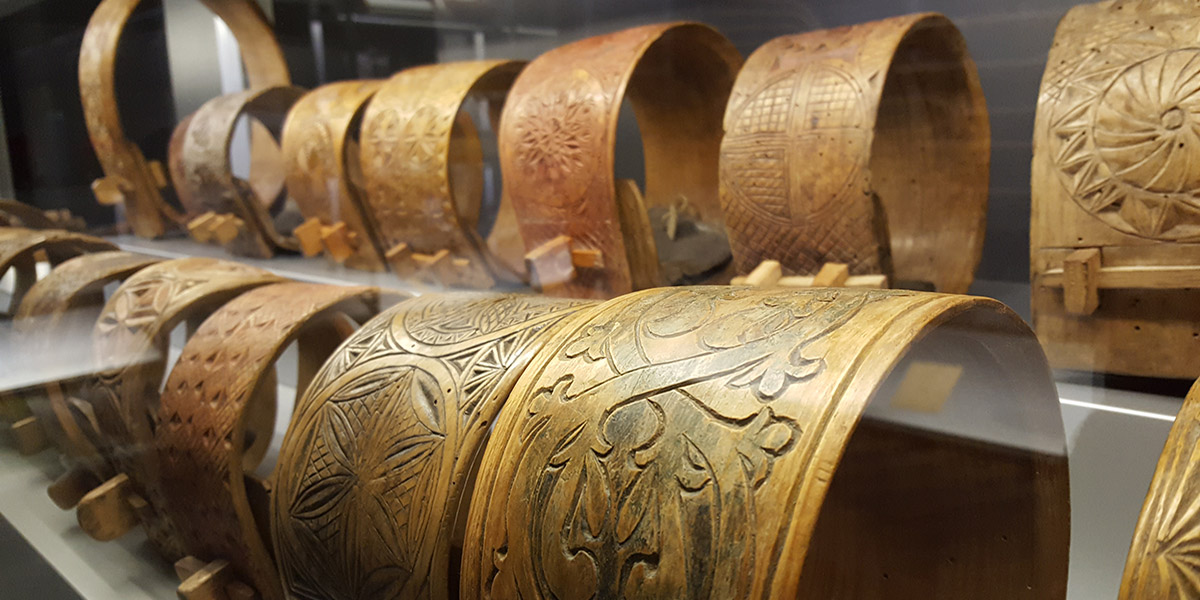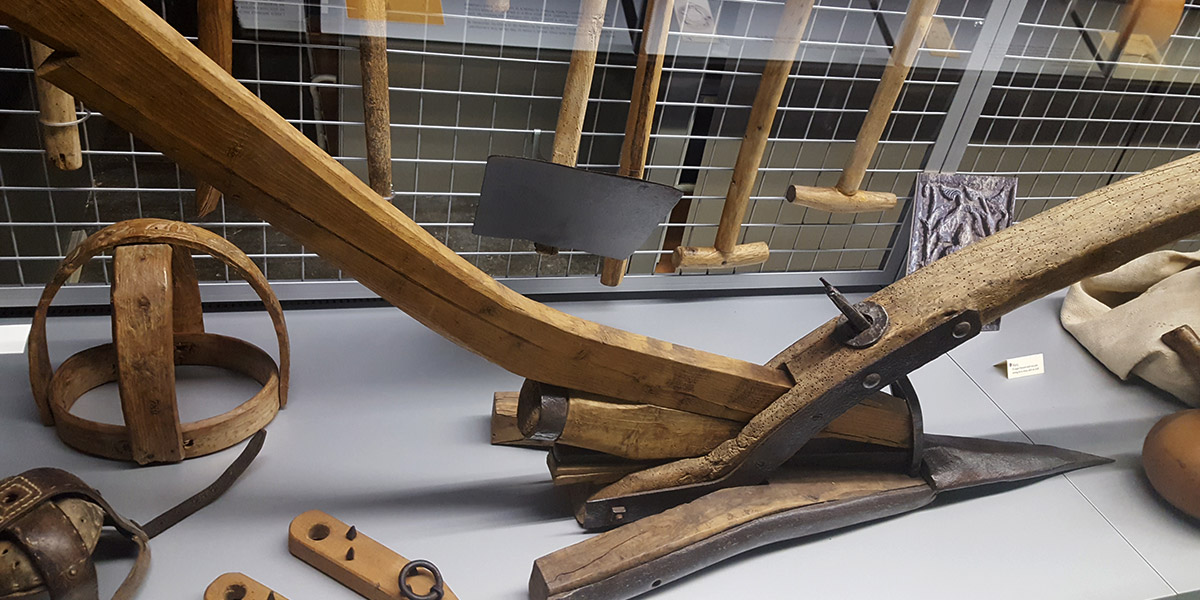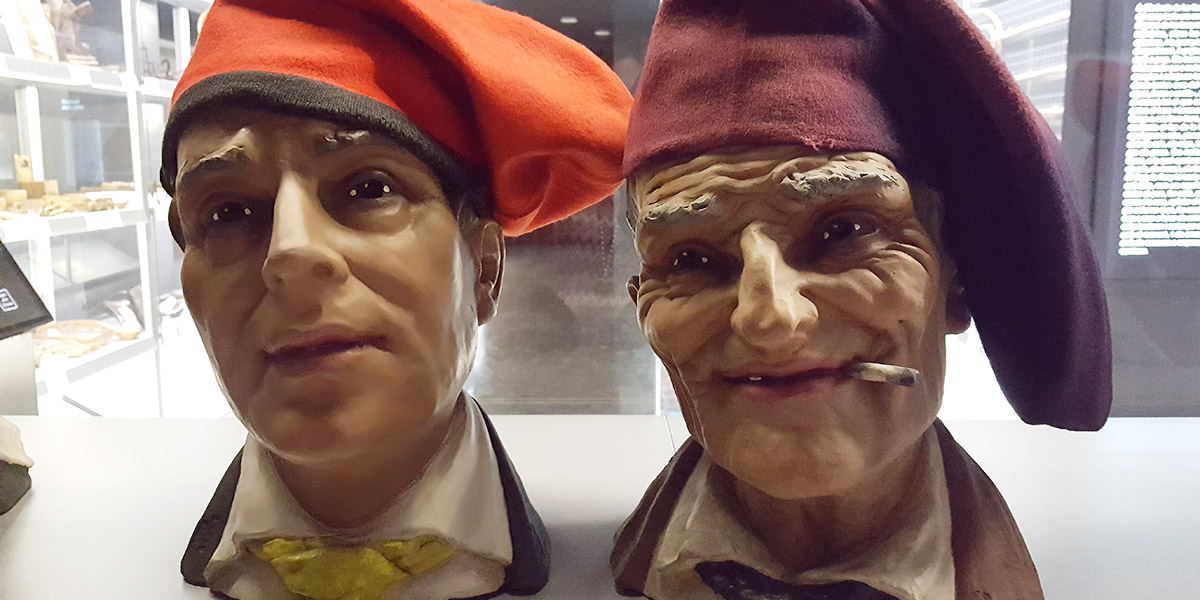On shepherds
One of the oldest and most deeply-rooted occupations in the Pyrenees is that of shepherd. This importance means that it is one of the best represented occupations in the museum. Transhumance, the summer periods spent in the mountains, winter tasks, fairs, herbal remedies and entertainments, take on a new life through the objects on display. Their long tradition of use made it easier for each generation to learn the complex occupation. In the summer of 1923, the so-called Ripoll folklore group made a brief stay on the Anyella plain, which resulted in the publication of the book La vida dels pastors by Salvador Vilarrasa, and in better knowledge from then on of the songs, poems and rounds of the shepherds’ world. Men and sheepdogs watching flocks of thousands of sheep in the huge Pyrenean pastures amid solitude, danger of storms and sieges by wolves had made a legend out of a job that was also a deeply organised and hierarchical way of life. In 1920, the ethnographer Rossend Serra i Pagès encouraged the collection of pieces of shepherds’ art as well as their stories and songs and insisted on the “absolute need to bring it all together because we will probably be the last who are able to do so, and it will be our legacy”.
The farmers
The farm was a little patriarchal kingdom. So said Salvador Vilarrasa in his now classic book La vida a pagès. The inexorable changing of the seasons marked the thousand-year-old rhythm of farm work and, more than ever, tradition became culture. The farmer learned to read the signs of the weather and knew when it was time to plant the cultivated land and when it was time for harvest. The master did the administrative work, the mistress ran the house and went to market and the farm manager worked from sunrise to sunset and saved in the hope of becoming an owner one day. All kinds of livestock lived with the farmer: chickens to lay eggs for sale, rabbits, oxen and cows, pigs, woolly animals and solid hoofed animals. Transformation came through social change and changing working procedures. From a structure where every individual in a farming family had a specific, unchanging, allocated task, it moved towards physical and functional dispersal.
From tools and customs that had changed little since ancient times, it evolved towards rapid mechanisation.
People were no longer predestined for whatever they had been born into and, with the coming of technology, farmers had to learn to use new tools and methods. So, gradually, their everyday life moved away from the wisdom of their ancestors.
Folklore
The cap was the characteristic item of clothing of Catalan men. There were various types and the two most common colours were red and purple. They were worn in different ways. Women covered their heads with hoods, which they wore at religious events, white for girls and black for adult women.




